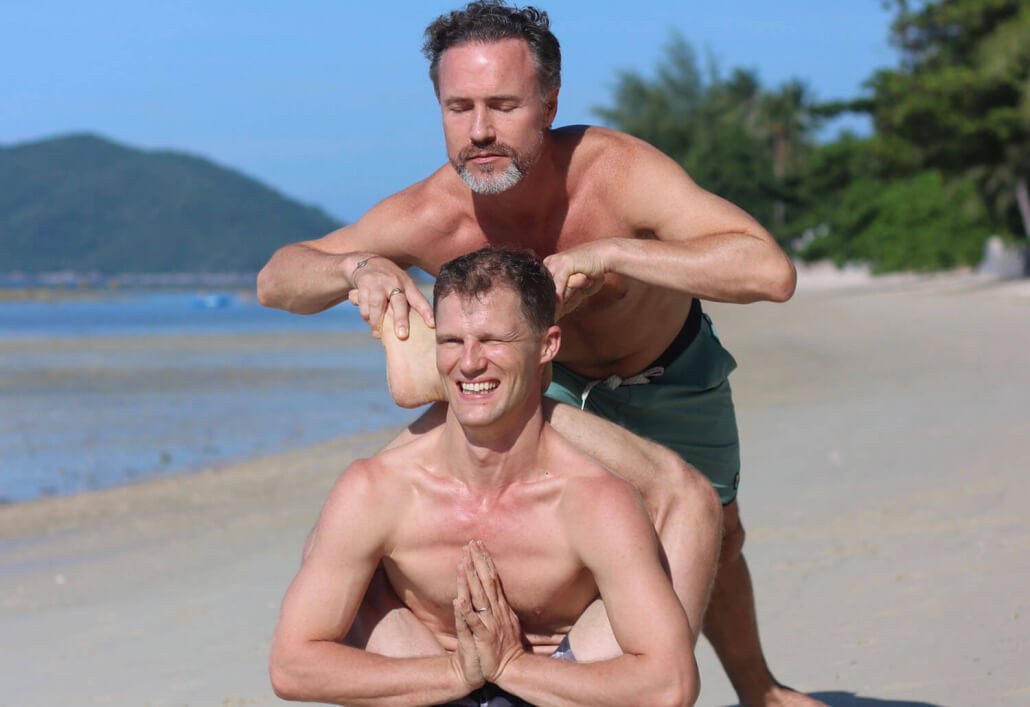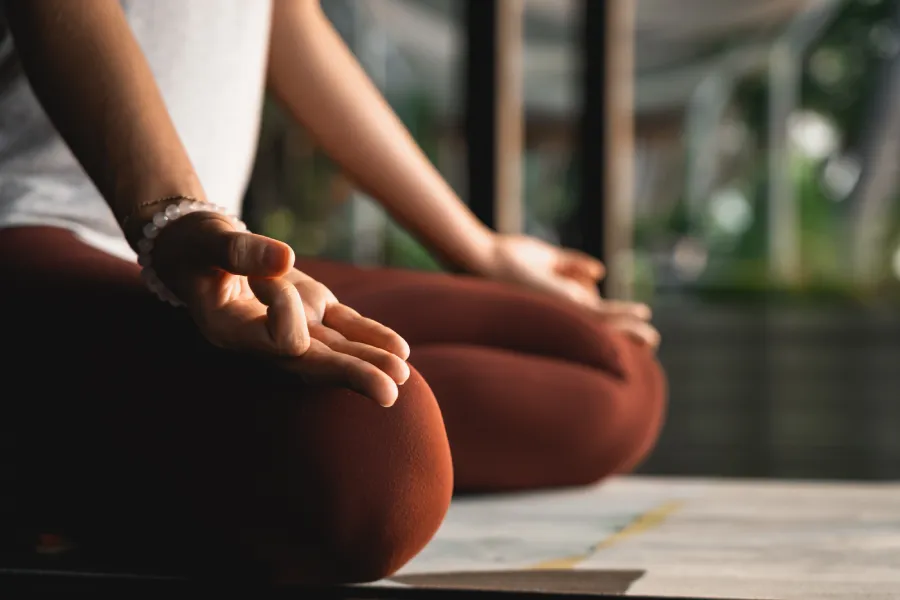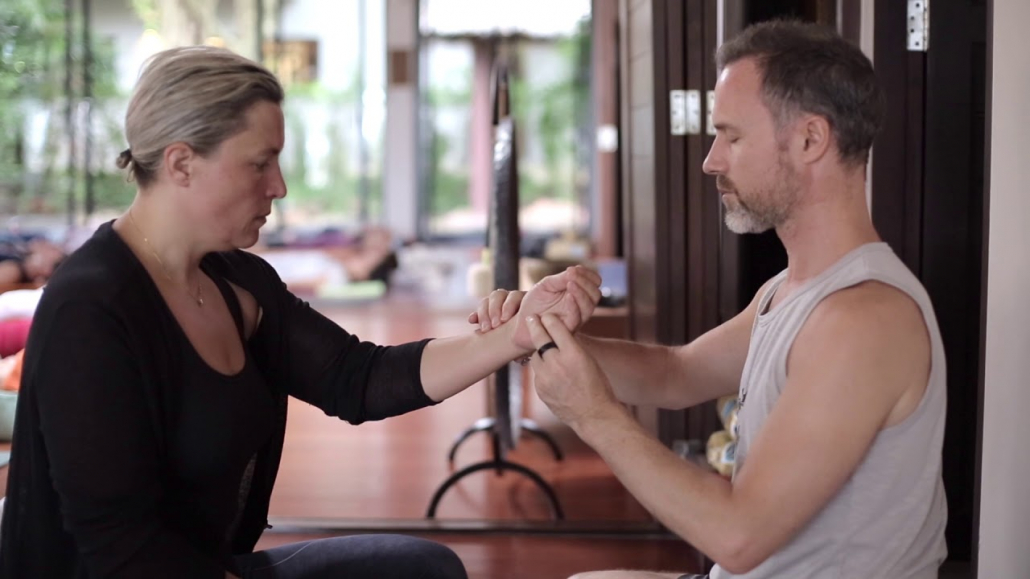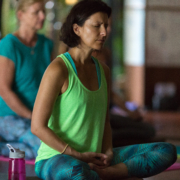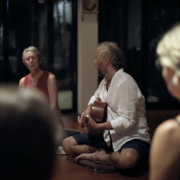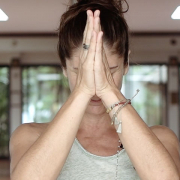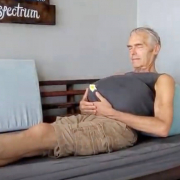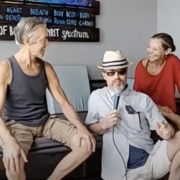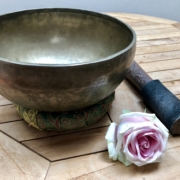 https://samahitaretreat.com/wp-content/uploads/2023/11/IMG_1290-2-scaled.jpg
1920
2560
Kirsten Mia
http://samahitaretreat.com/wp-content/uploads/2024/01/samahita-logo-v2.svg
Kirsten Mia2023-11-21 21:09:402023-11-21 21:09:40Music makes the world go round!
https://samahitaretreat.com/wp-content/uploads/2023/11/IMG_1290-2-scaled.jpg
1920
2560
Kirsten Mia
http://samahitaretreat.com/wp-content/uploads/2024/01/samahita-logo-v2.svg
Kirsten Mia2023-11-21 21:09:402023-11-21 21:09:40Music makes the world go round!Assisting Yoga Practice – Physical to Subtle
Photo: Paul adds the finishing touch. This is a bit of a throwback as we rarely practice like this anymore. Guidance is offered subtly just as much, or more so, than any physical assist.
Over the years I’ve noticed how the style and level of assistance my teacher Paul has offered his students. The methods a teacher uses to do this can be explained in terms of gross, subtle and causal (or very subtle) in a similar way the different levels of awareness and personal practice evolve. Although all three levels are employed by experienced teachers from the outset I have noticed a marked shift over the years, of my teacher, towards a more subtle hands off approach. As with all things in yoga, we need to interact with our students on all levels wether physical, emotional or deeper states of awareness. It is also a matter of needs vs wants as we help in accordance with what is needed for development rather than what is merely desired. When teacher and student work together in this way what results is a unique, personalized path of growth and development.
Personal experience
My own story here starts from the days of developing an asana practice at Samahita that involved some really deep assists as postures were often sufficiently complex or challenging to require direct hands on help. It was also a means of working through emotional-physical states that would have proved difficult without assistance.
Of course for those of you who have practiced at Samahita over the last 15 + years may have experienced the same. Although, as a matter of general practice, we are taught to work on deeper subtle levels with the breath and mind as we also work with the body.
The journey of the student is comparable to that of the teacher, as our understanding develops so does the practice. As we explore all levels of experience and growth we find new ways to practice and express ourselves.
How the teachings unfold – From the external to the internal.
Your teacher walks over, takes a look at you, your body, its form, balance and expression. They make a judgment, maybe say few words of guidance or places their hands to make an adjustment or assist. You listen, feel it, adjust yourself or wait for the physical sensation, your awareness changes, your balance shifts and your body, your posture, assumes a new form.
Sitting, focused deeply on breath, the abdomen rises and falls, your hand occasionally lifts to touch the nose. The breath stops in a retention, you pause, wait lift the chin and continue breathing. Your teacher watches your body, the abdomen, the chest, your expression. The body still reveals strain or ease or comfort. The pattern of the breath it’s regularity, proportion and the balance of inhale, retention and exhale all reveal something about your state or comfort with the technique. In this case a simple touch or a few words will suffice.
Going deeper, contemplation, subtle, deep pranayama practice. Emptying the mind, internalizing awareness, observing prana. How do we see from the outside? In this state how is assistance given? In the case with traditional pranayama, the pulse is taken. The inner condition is read and measured subtly. Maybe a word or two, a nod, smile or just a look. And that’s it, they know, you know and the practice continues.
More from the Samahita Blog
